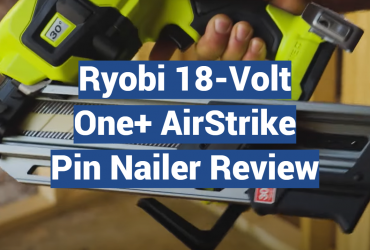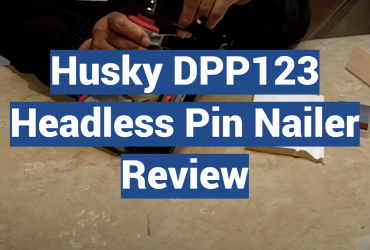Uses
The pinner delivers when used for the construction of tiny to medium-sized moldings on doors, chairs to interior millwork. Since the molding also has an uneven form, it becomes impossible to keep the clamps while the glue dries. A few pins of a 23-gauge nailer, though, will tie the bits together without a trace. Small bits of wood are not the only ones that are ideally designed for a pinner. Stapling and clamping together huge planks of wood will also transform into a sliding grappling match, because only the properly applied clamping action allows the parts to move. A few shots with a pinner, nevertheless, solve the issue. The pins prohibit the side-by – side moving of glue-covered wooden pieces. Pinners are typically applied for finishing and fixing carpentry projects, and they are the tiniest, finest nailers you may find. Such devices are compliant with 23-gauge headless fingers, which look like sticks. Pin nails have very little holding power and are typically applied in tandem with glue or any other type of adhesive. Often pin nails are simply picked to secure the items in place before the adhesive dries. Typically, pinners are applied for such projects:- Finishing works in the carpentry niche;
- Making crown molds;
- For occasional cabinetry repair;
- Can works with delicate trim pieces and ultra-thin veneers;
- Will cope with small furniture trimming jobs;
- Any DIY home repair project;
- Installation of cupboards and windows;
Benefits
Yes, a pinner is not the first nail gun that comes to mind when you stock the tools you’re your workshop or toolbox, but it could definitely be the second best choice. You may use this pinner for fixing and repairing furniture, cabinets and trim work without any visible nail holes. Pinners can totally be brand new tools, but they’re definitely here to stay for a long time. Major pros of pinners:- Won’t make any visible holes around the installed nails;
- The wood will not be split;
- Delicate for trim pieces can be connected with a pinner;
- Use small, thin 23-gauge pin nailers;
- Good for delicate woodworking projects;
- More accurate than most standard nail guns;
- Portable and compact – will fit any toolbox;
- Smoother finish – the nails are practically invisible;


Recent Comments